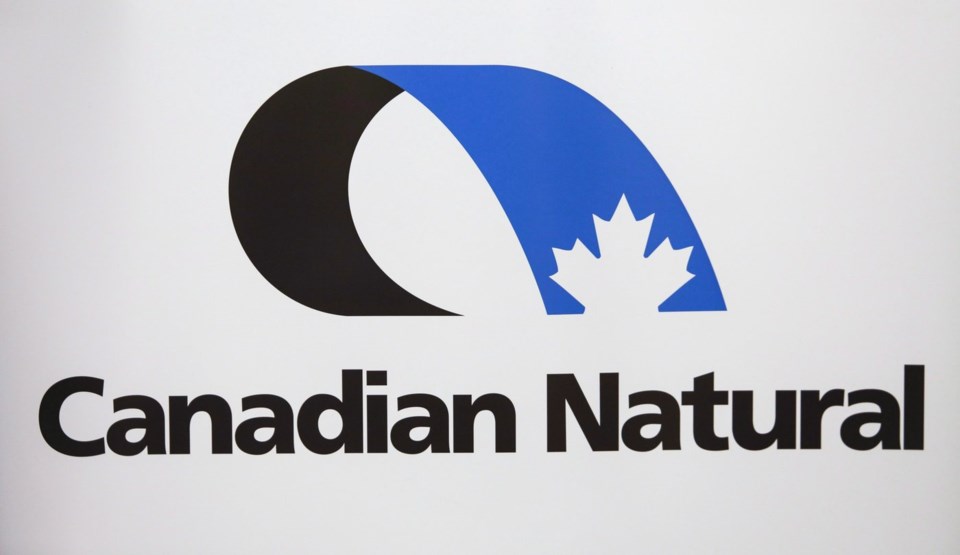EDMONTON — A major oilsands producer has been fined after hundreds of birds, wolves and coyotes were exposed to toxins at one of its tailings ponds.
The Alberta Energy Regulator has assessed a fine of $278,000 against Canadian Natural Resources Ltd.
"CNRL’s contravention had a direct and severely negative effect on wildlife," said the regulator's report.
"Living animals were killed and euthanized due to the contravention. There can be no more serious effect on wildlife."
The report says that in the spring of 2022, Canadian Natural workers discovered an island had emerged in one of its tailings ponds. Although the company normally levels such islands to keep animals from being attracted to them, it didn't do so in this case.
By May 21, 2022, workers discovered birds on the island. They counted 271 California gull nests and one Canada goose nest.
The company informed the regulator on June 7, more than two weeks later. By then, Canadian Natural said it had installed bird deterrents.
"These, and subsequent, mitigation measures were not effective in preventing animals from coming into contact with a hazardous substance," the regulator's report says.
By mid-July, workers were noticing gull chicks fouled with oil. The situation continued until Aug. 4, when the surviving chicks were able to fly away.
Canadian Natural reported 411 dead birds at or near the tailings facility over the length of the incident. Coyotes and wolves were also able to get to the island.
"The predators were able to cross through the water and onto the island," the report says. "CNRL agreed that predators walked through the water and killed oiled birds."
The regulator reduced the possible fine because the company eventually installed fencing to keep predators off the island and chicks out of the water.
Canadian Natural spokeswoman Julie Woo said in an email the company regrets the situation.
"We have applied learnings to mitigate the potential for reoccurrence," she said. "We are currently reviewing the (regulator’s) enforcement decision and potential responses."
Woo did not say if the island is still there.
The tailings ponds, which altogether cover more than 300 square kilometres, are on a major migratory bird flyway, and measures to keep birds away from the toxic waterbodies are a condition of licence for all oilsands producers.
They are not always successful.
In the most recent case, 32 waterfowl died in May 2023 in a Suncor pond. The biggest toll was in 2008, when 1,600 ducks died after landing in a Syncrude pond.
This report by The Canadian Press was first published July 15, 2024.
Bob Weber, The Canadian Press


